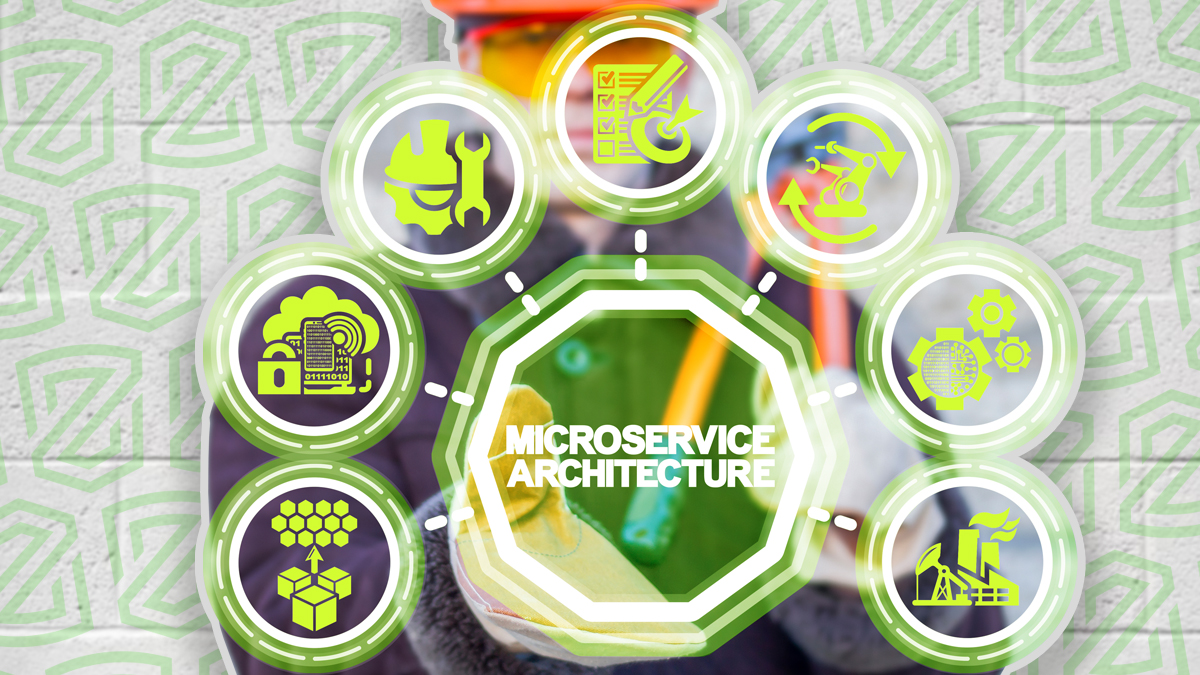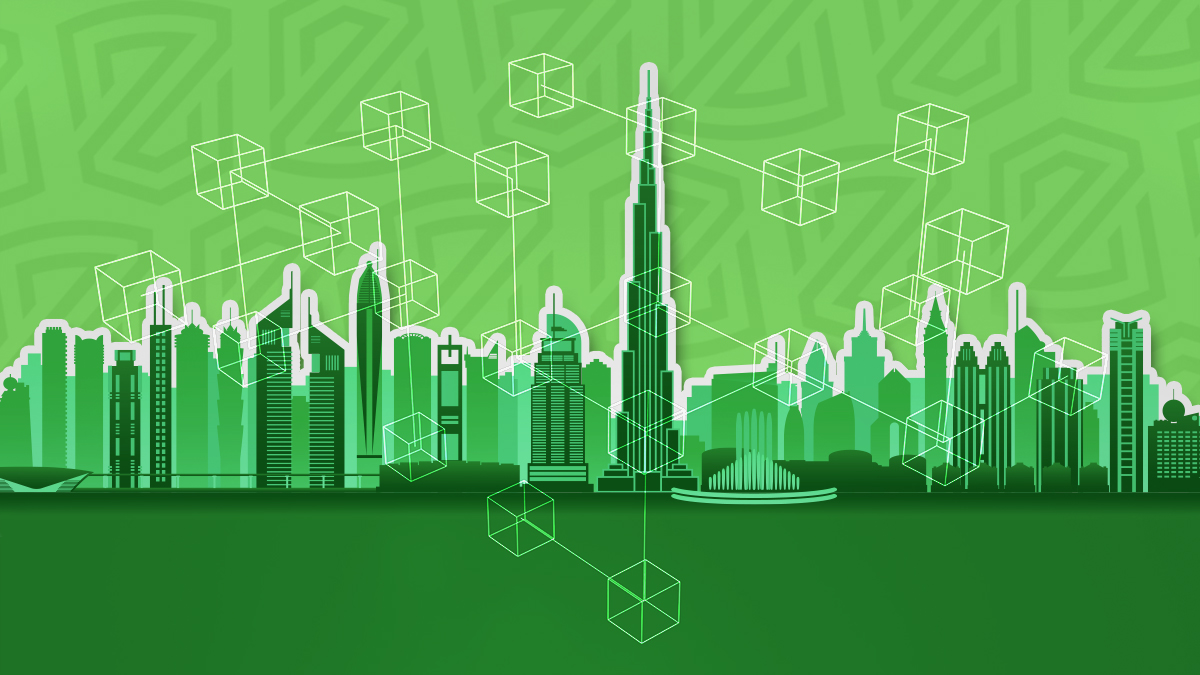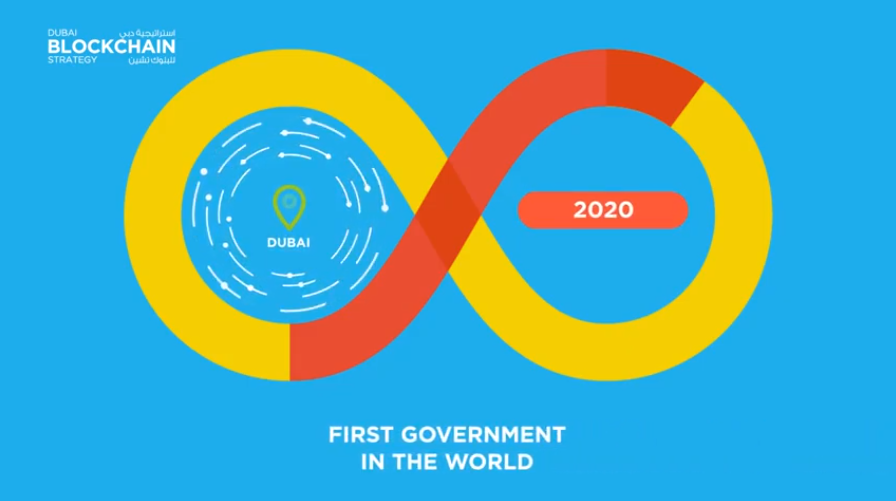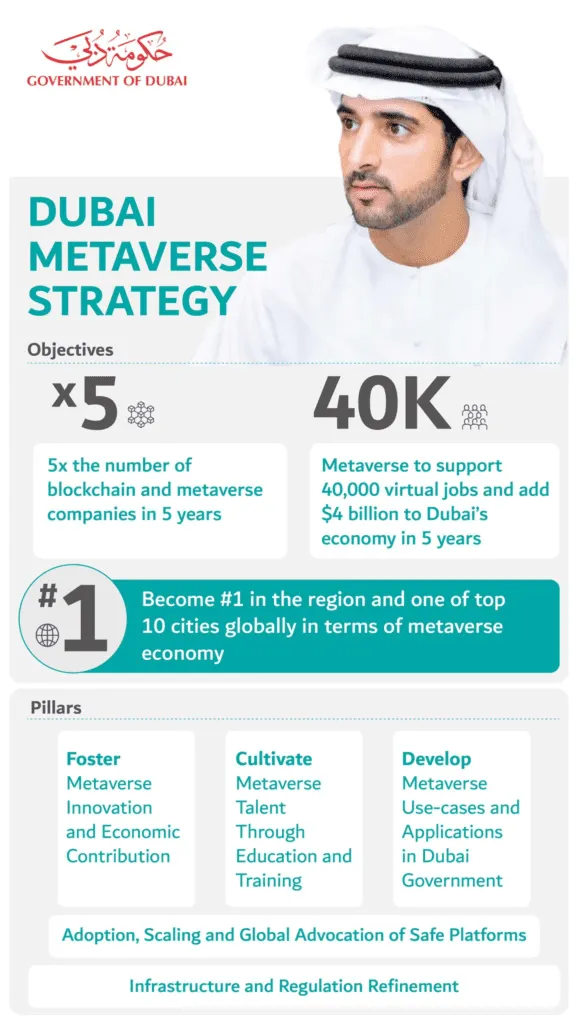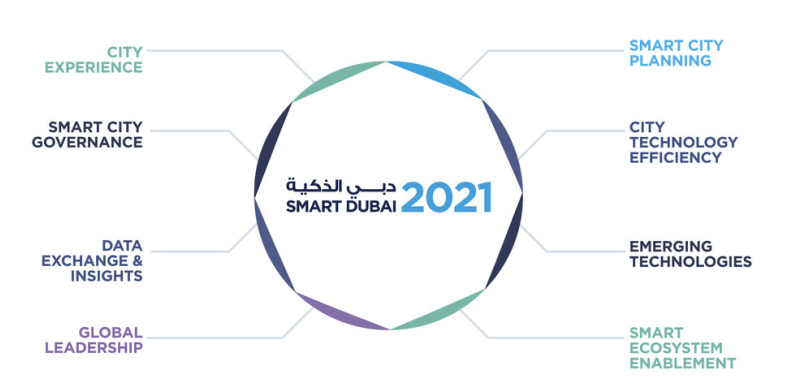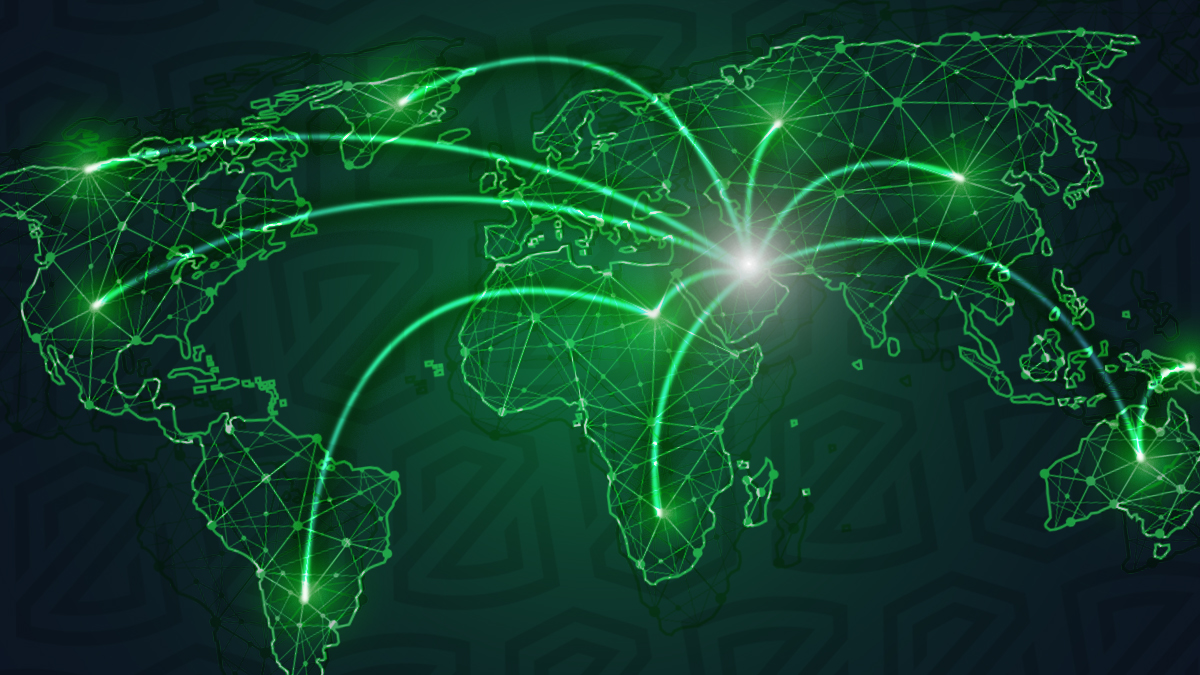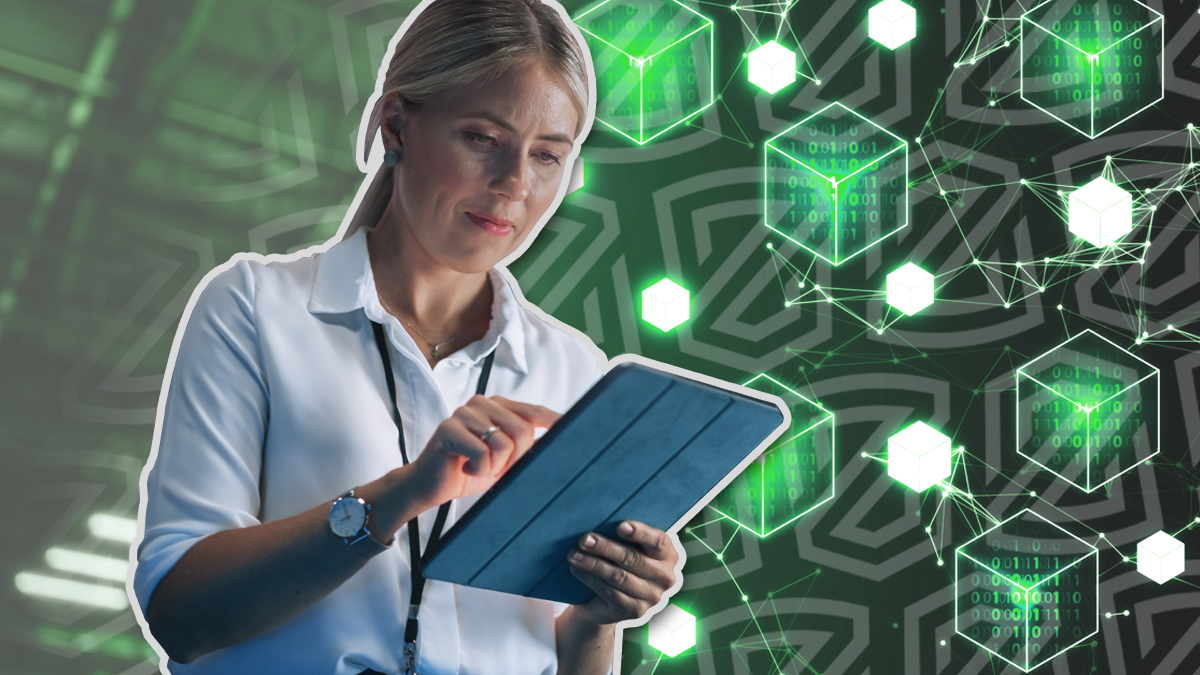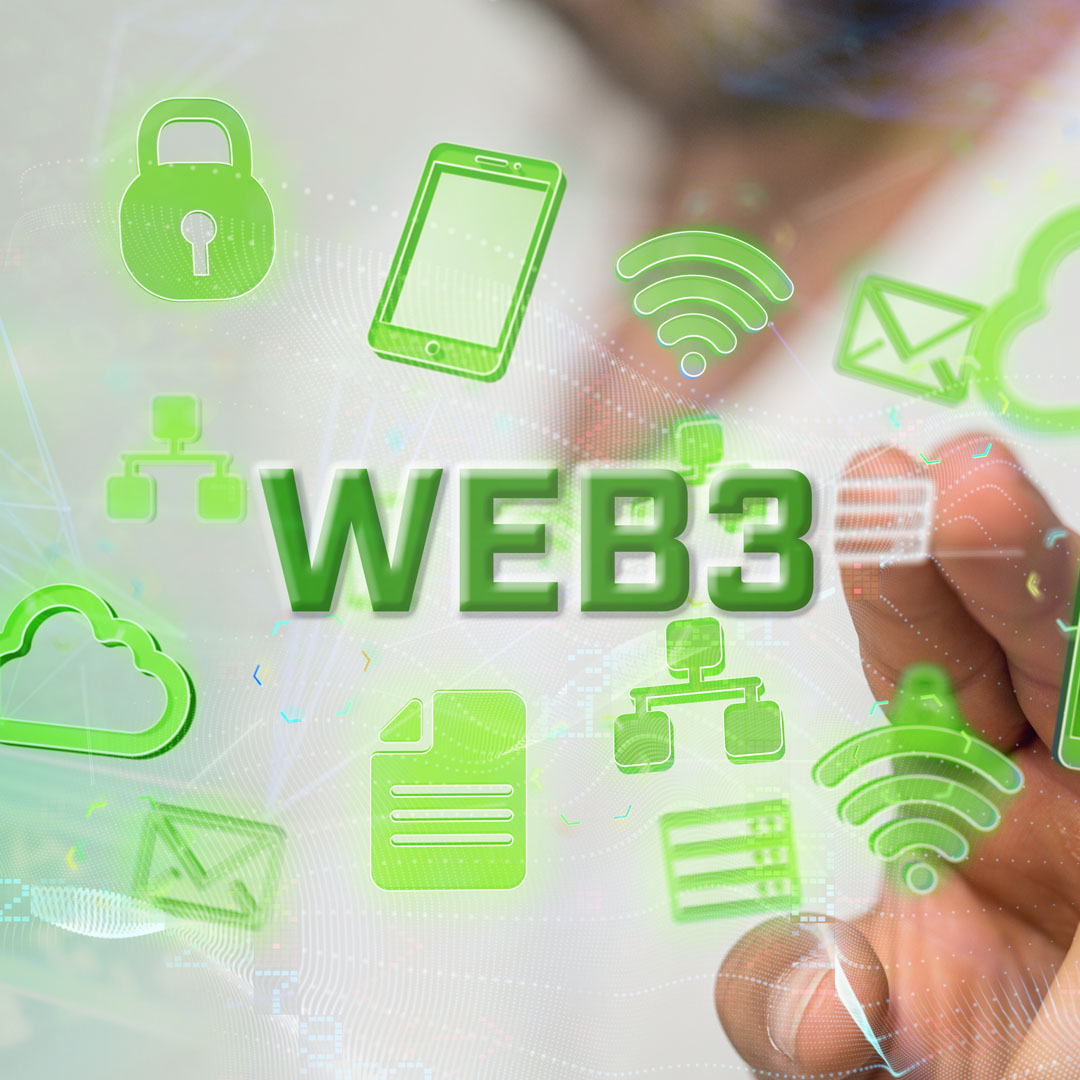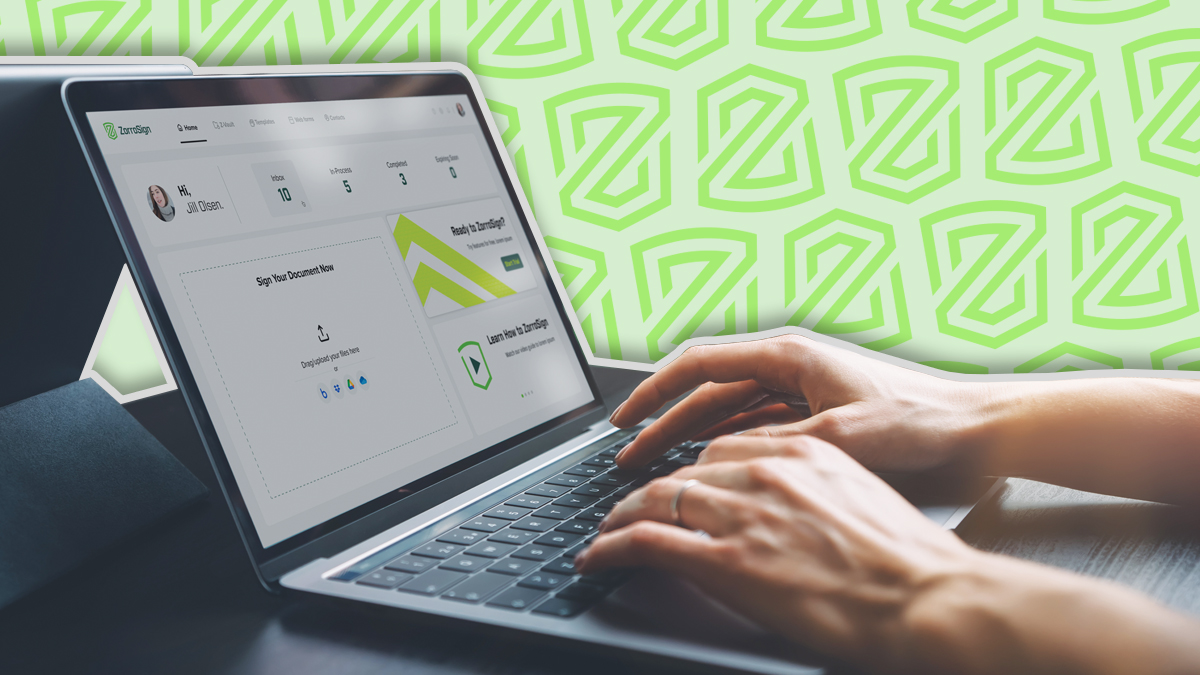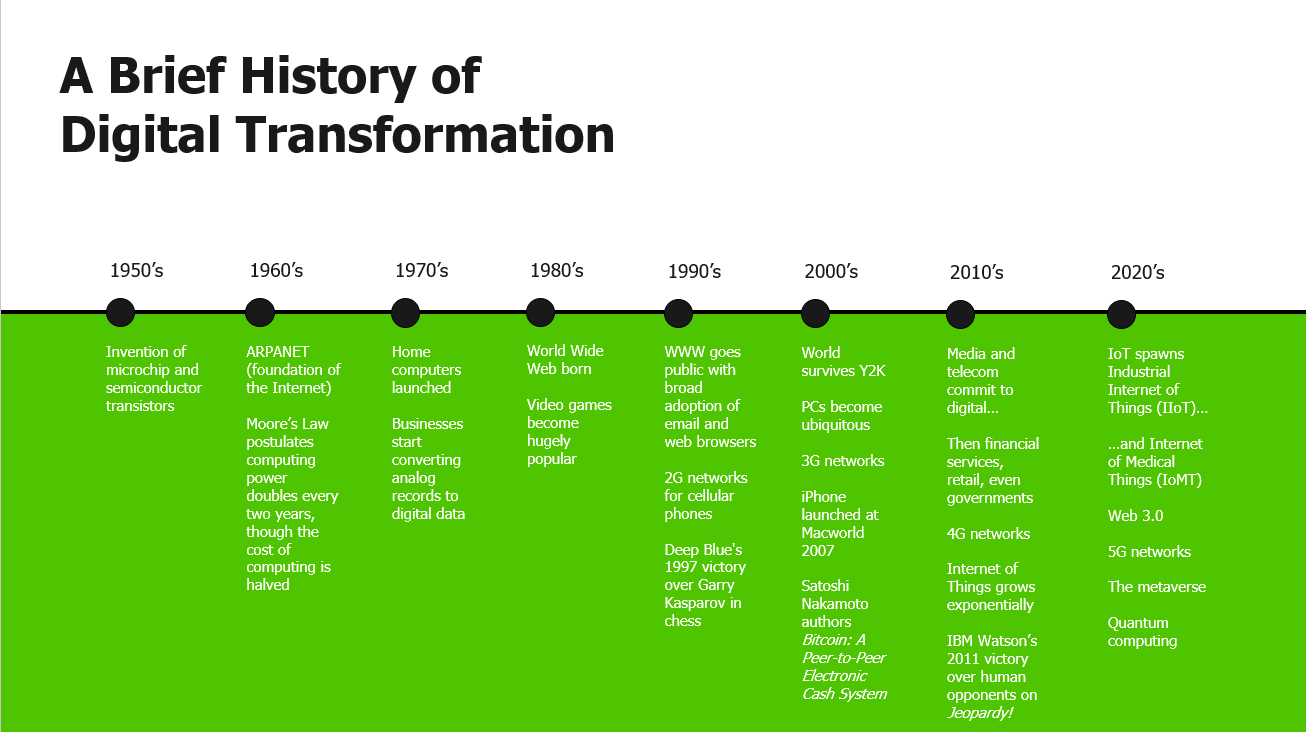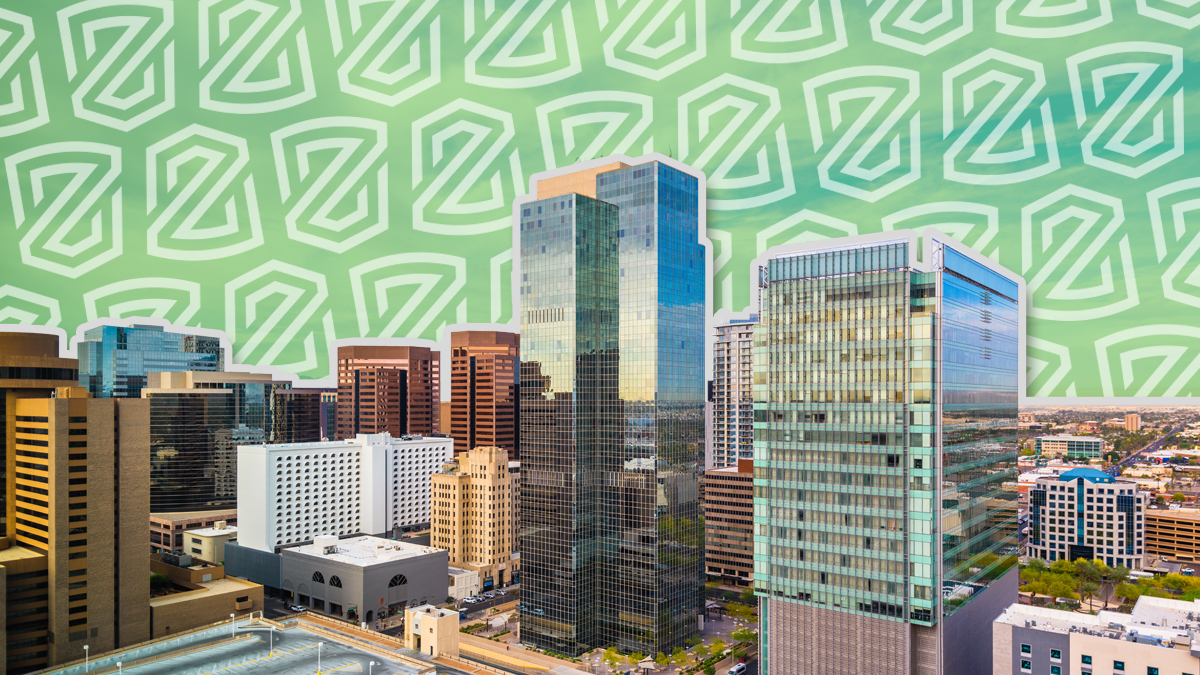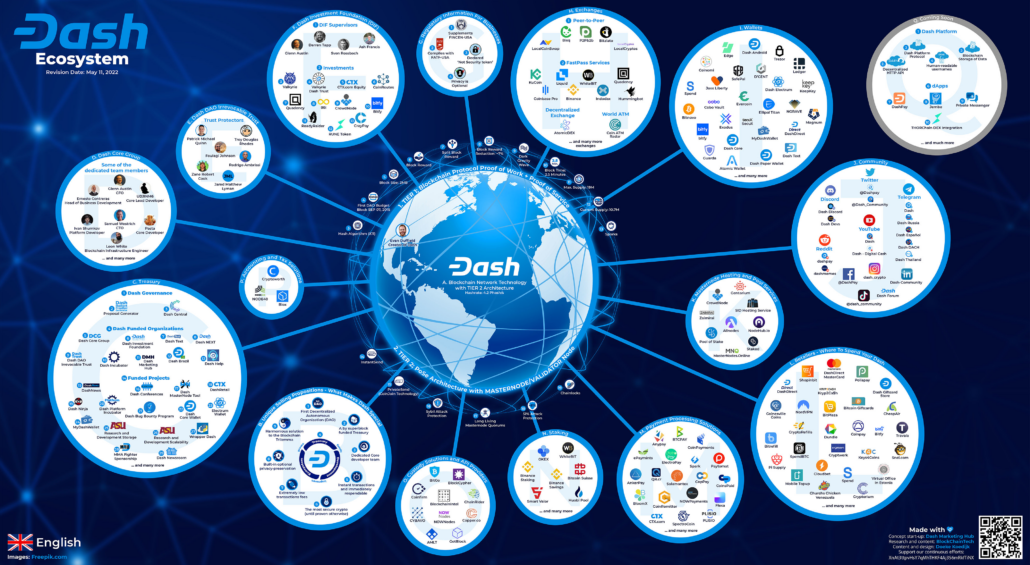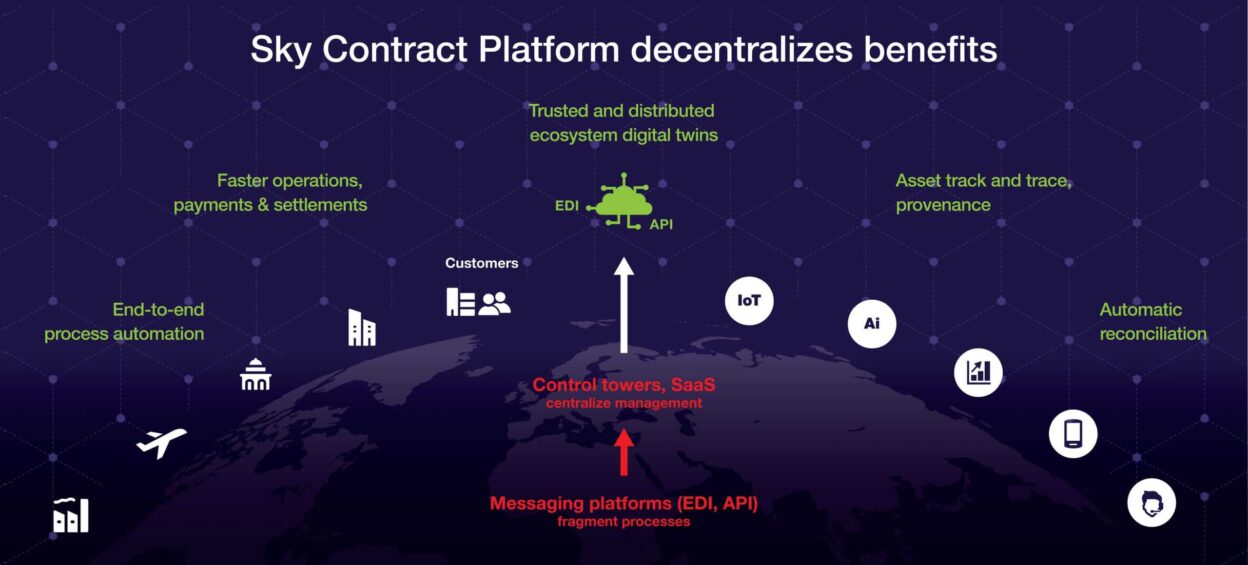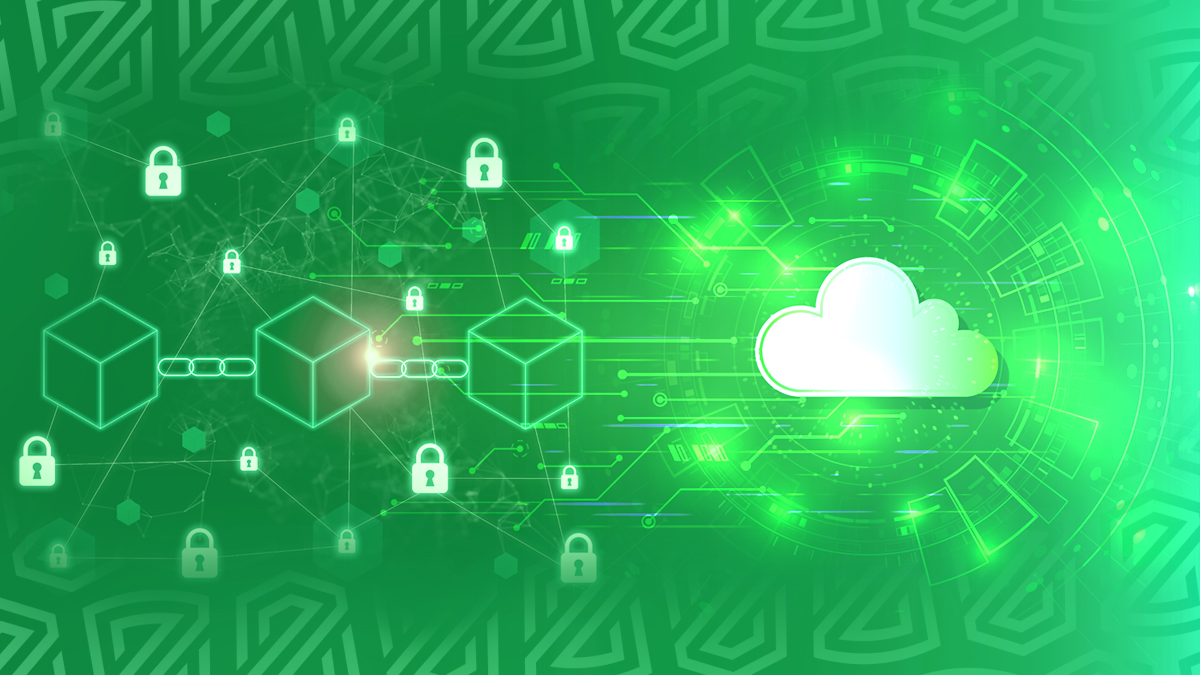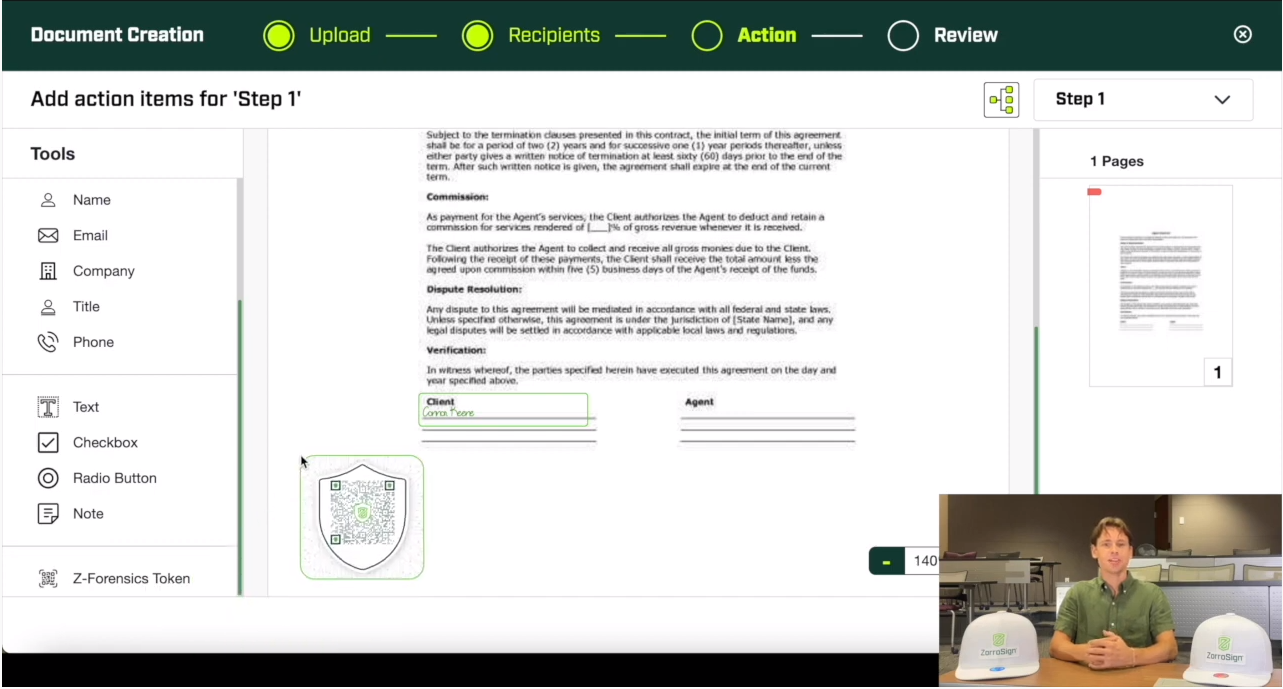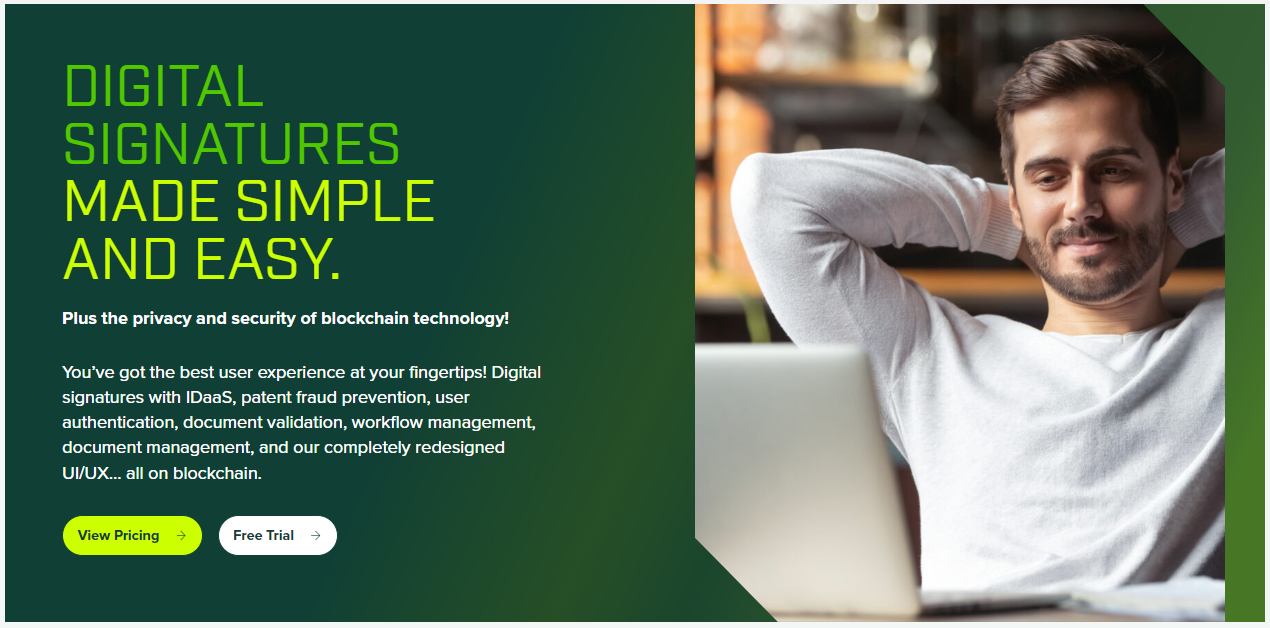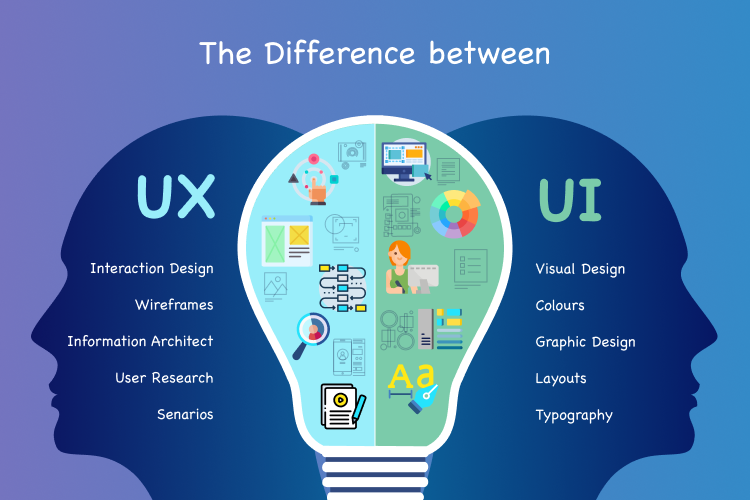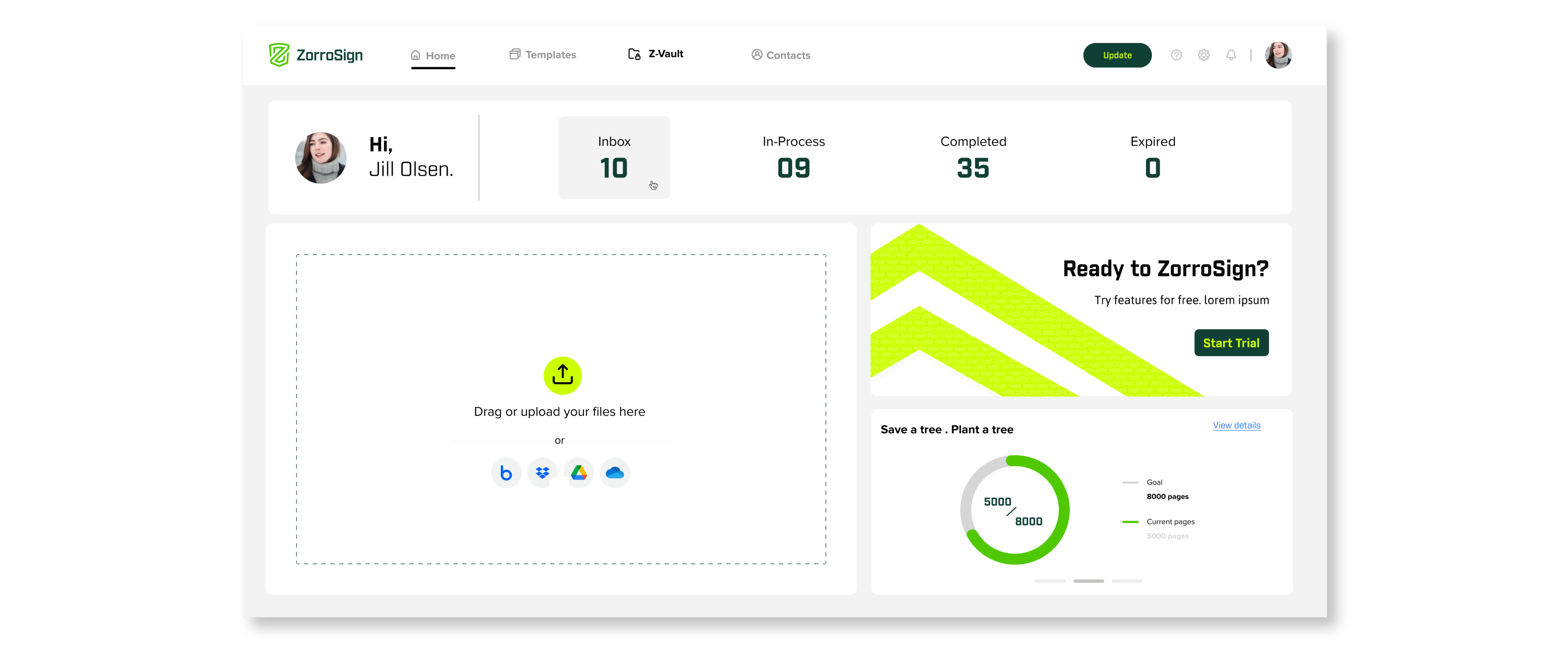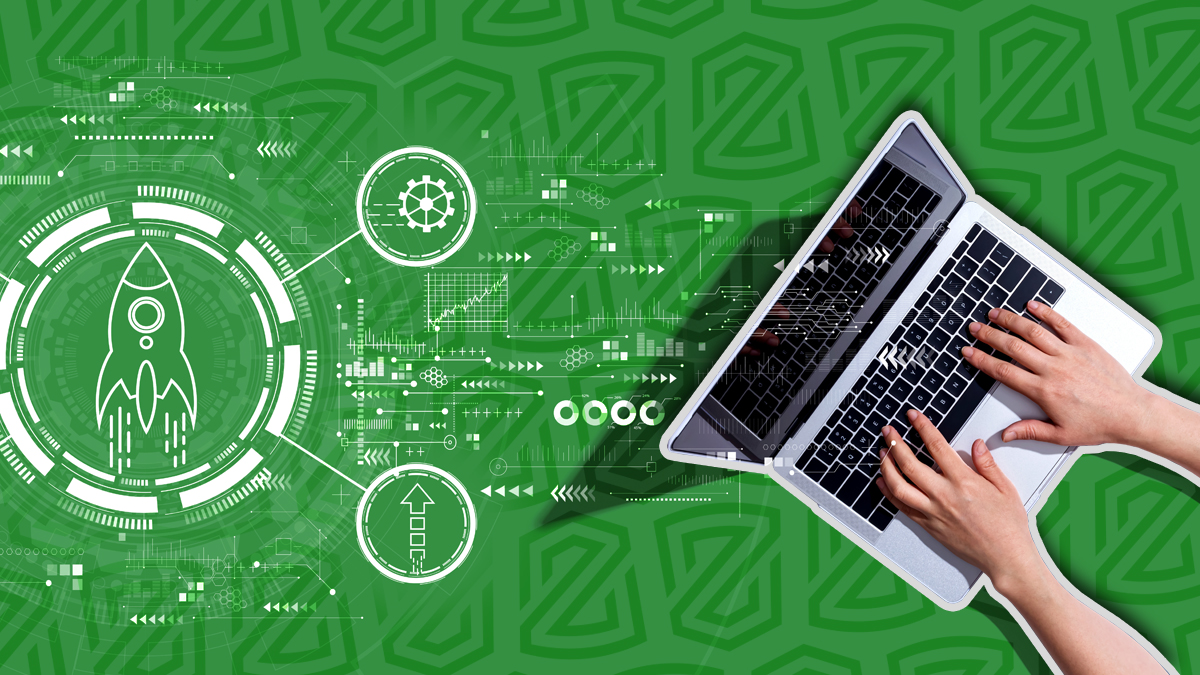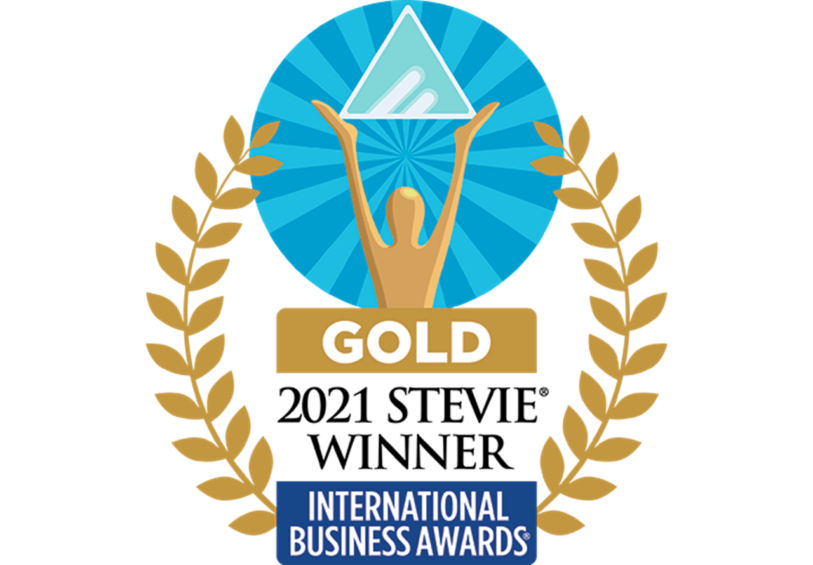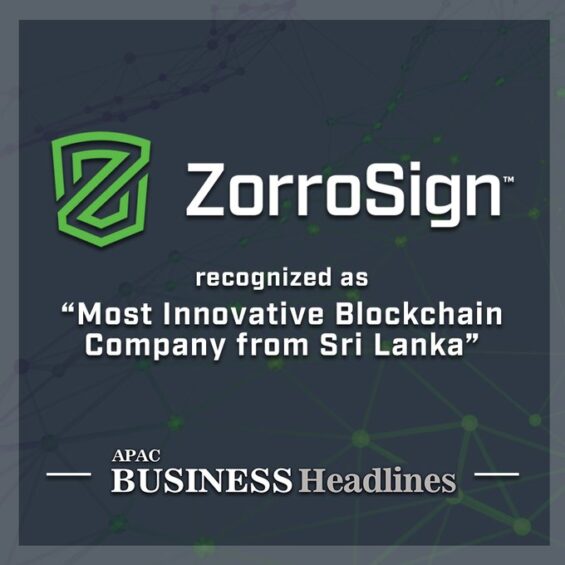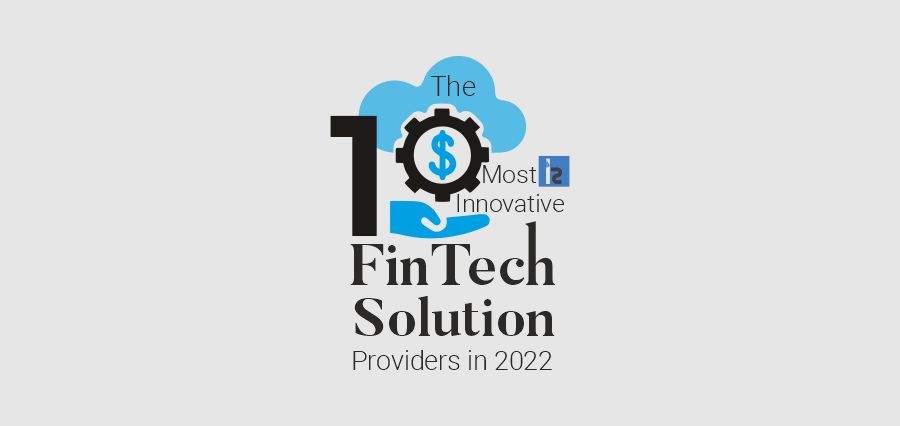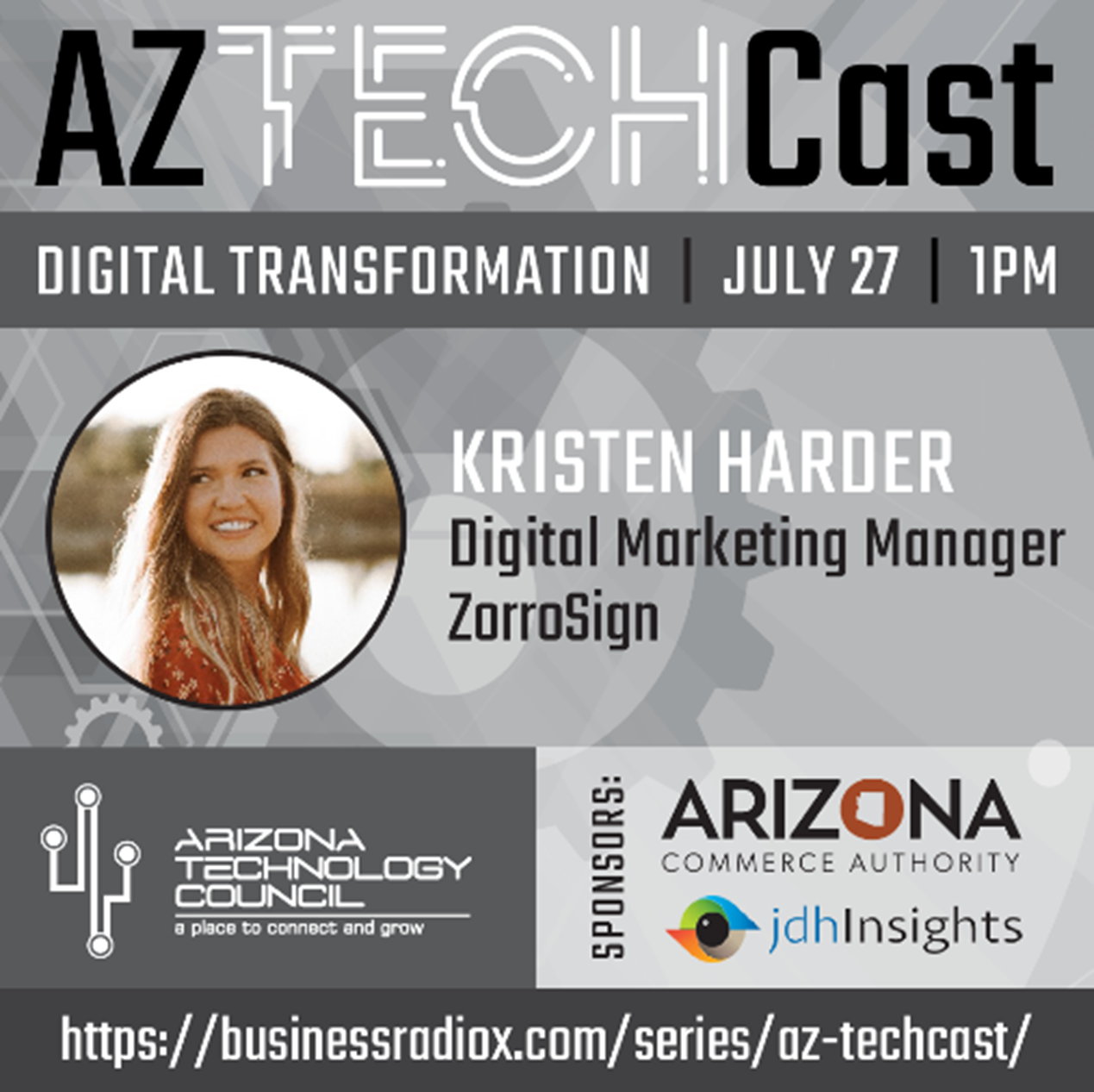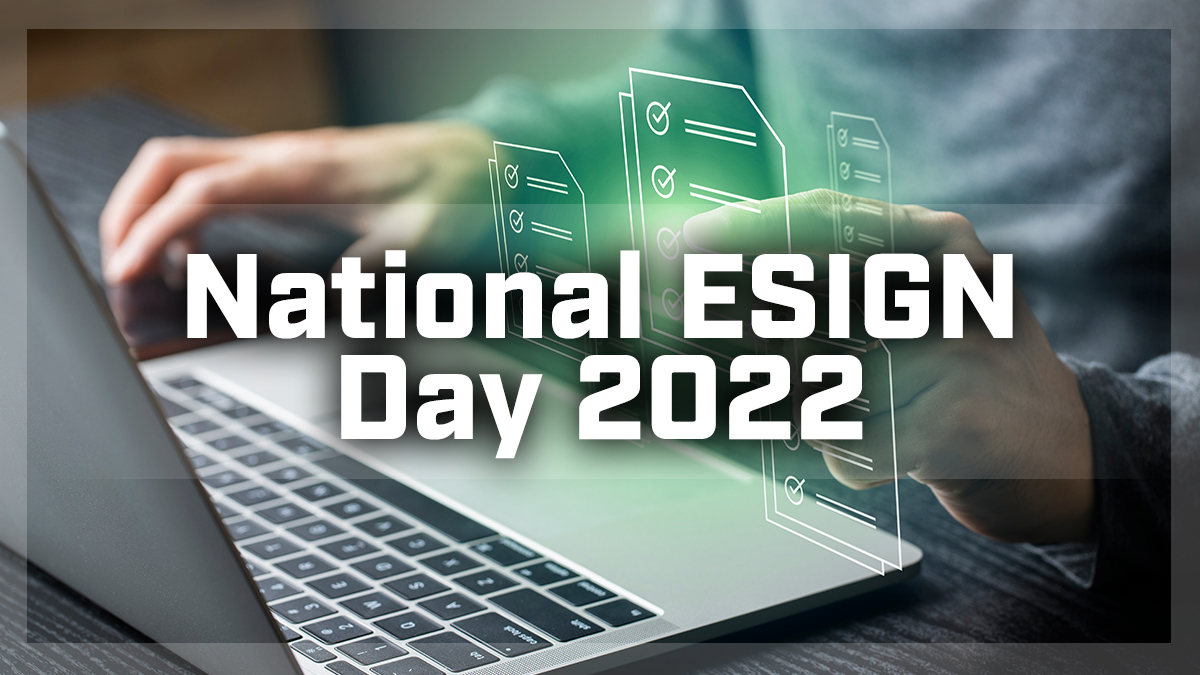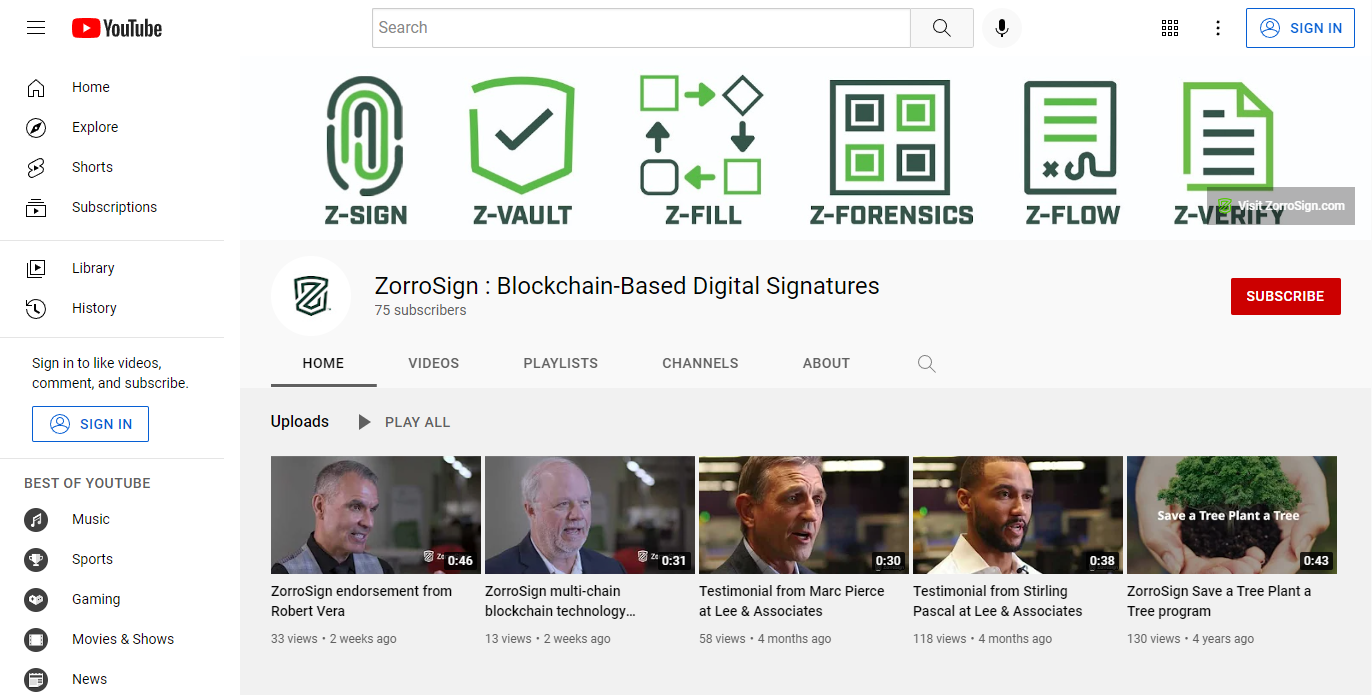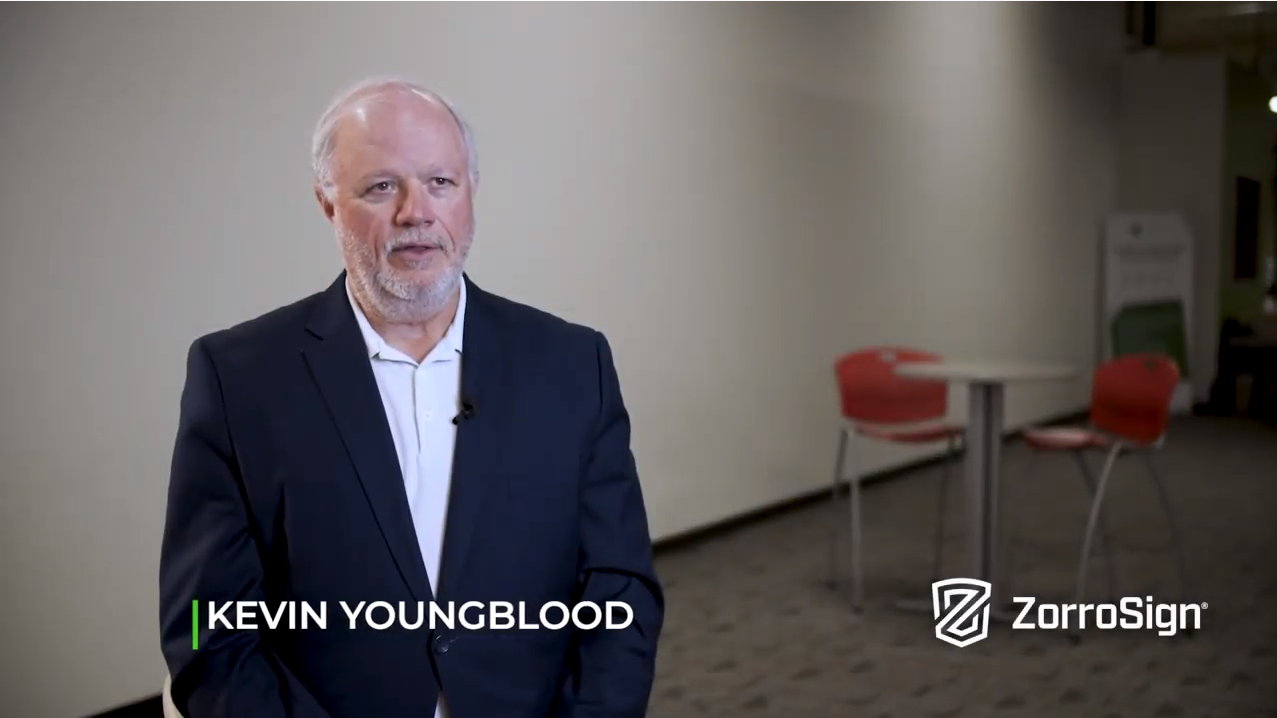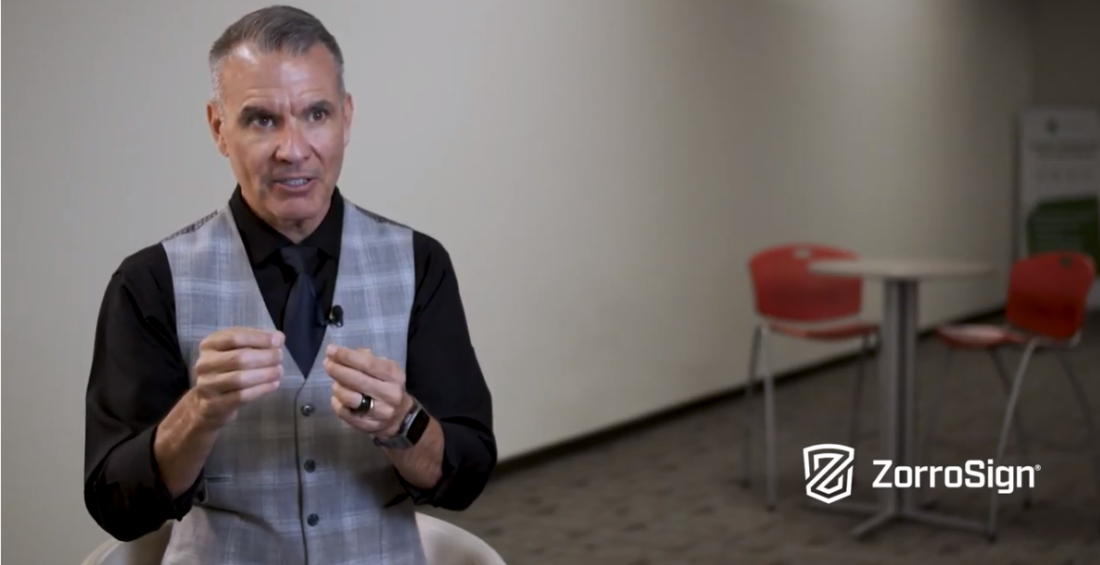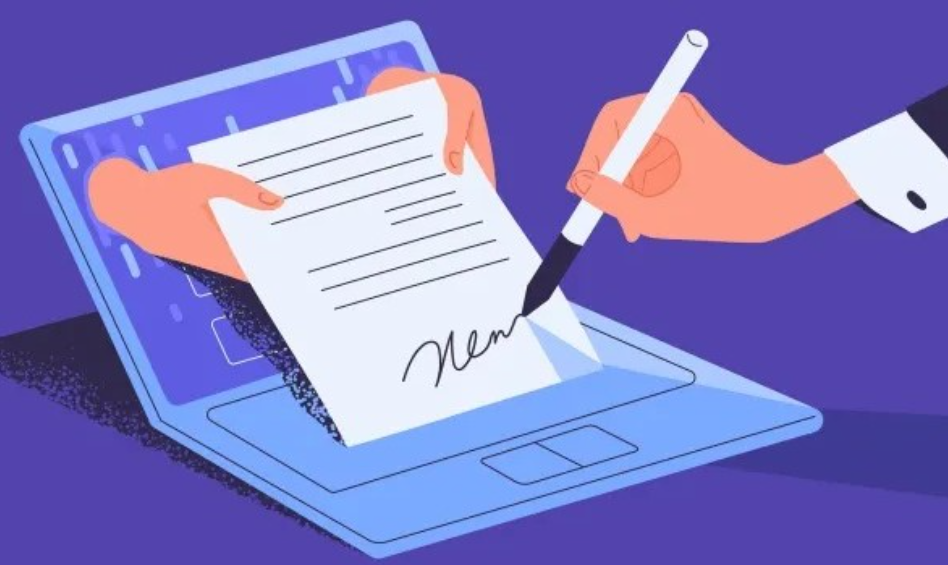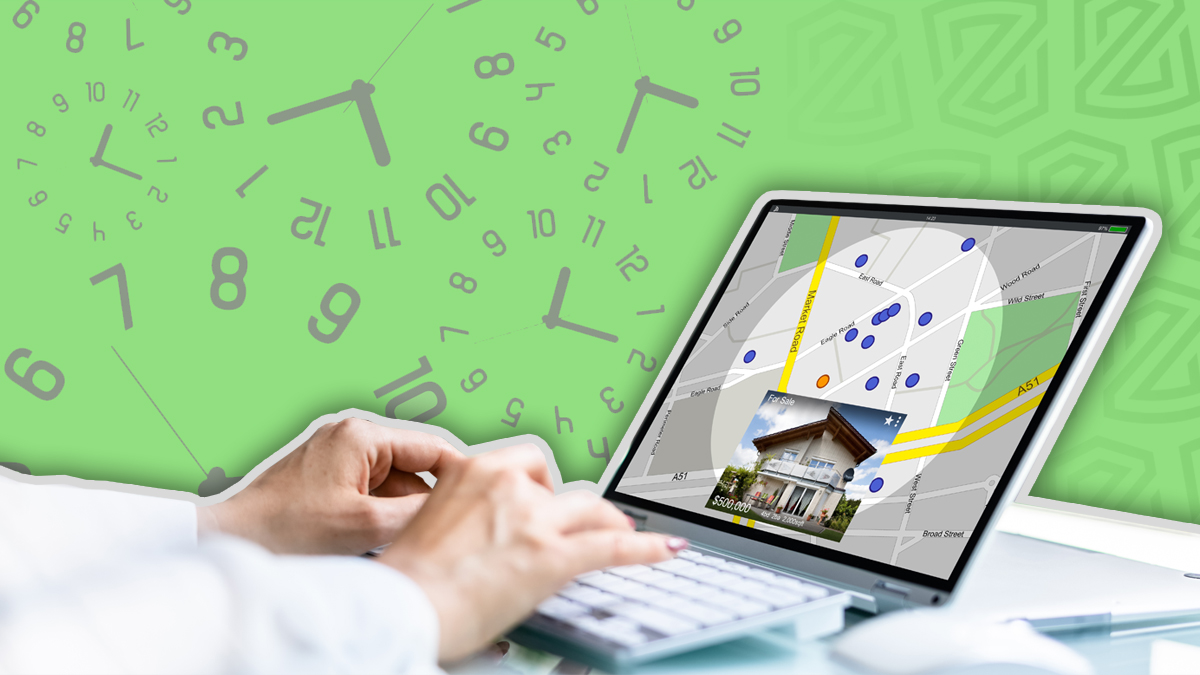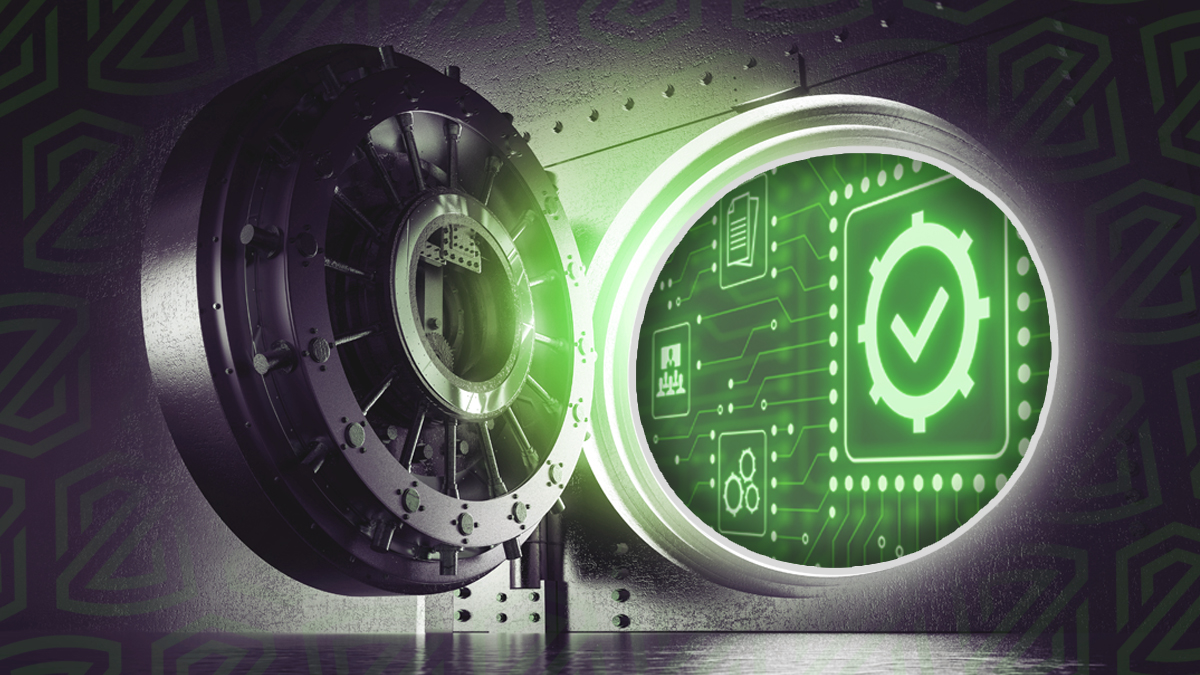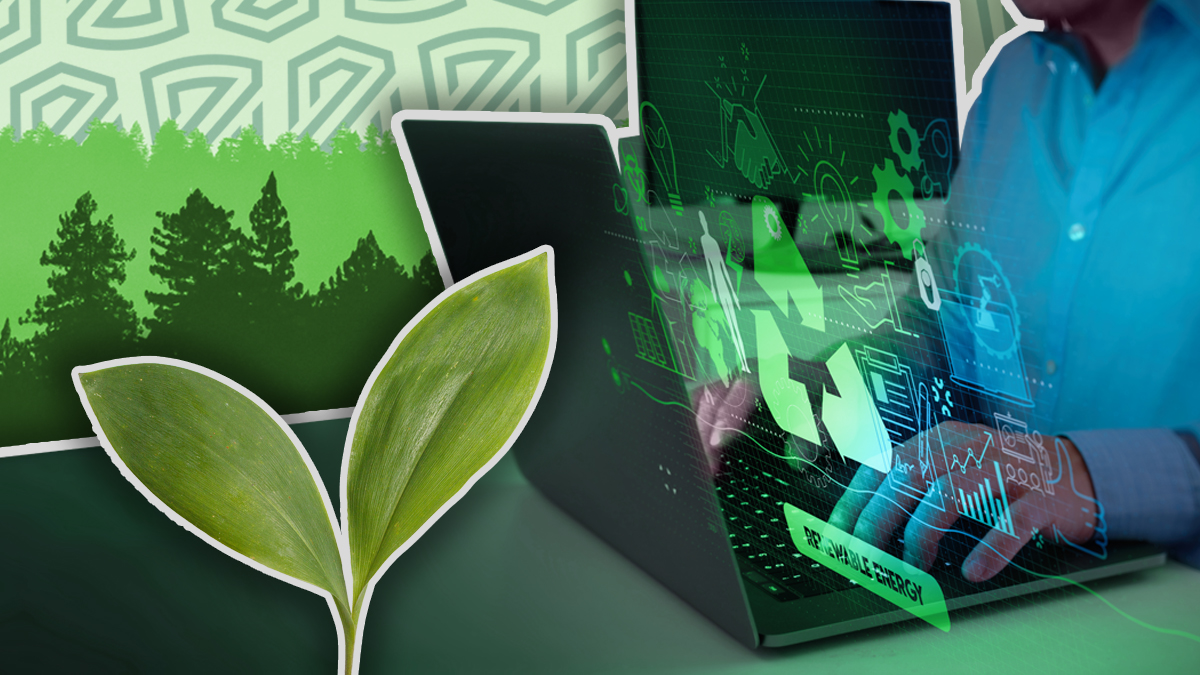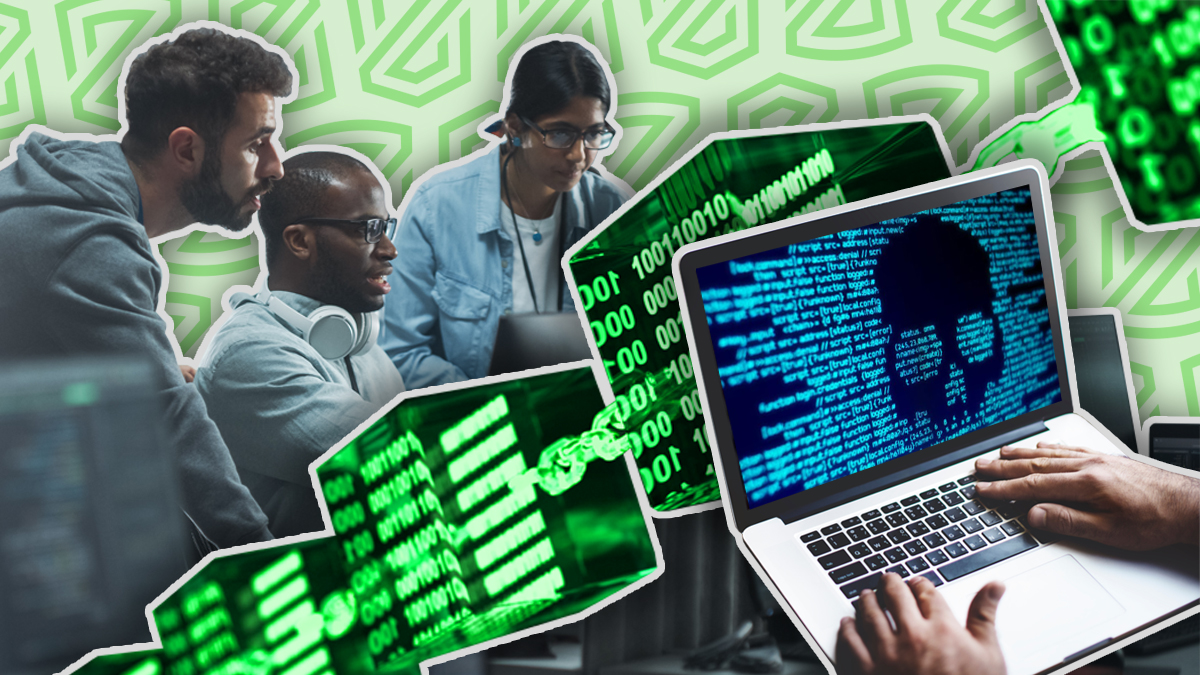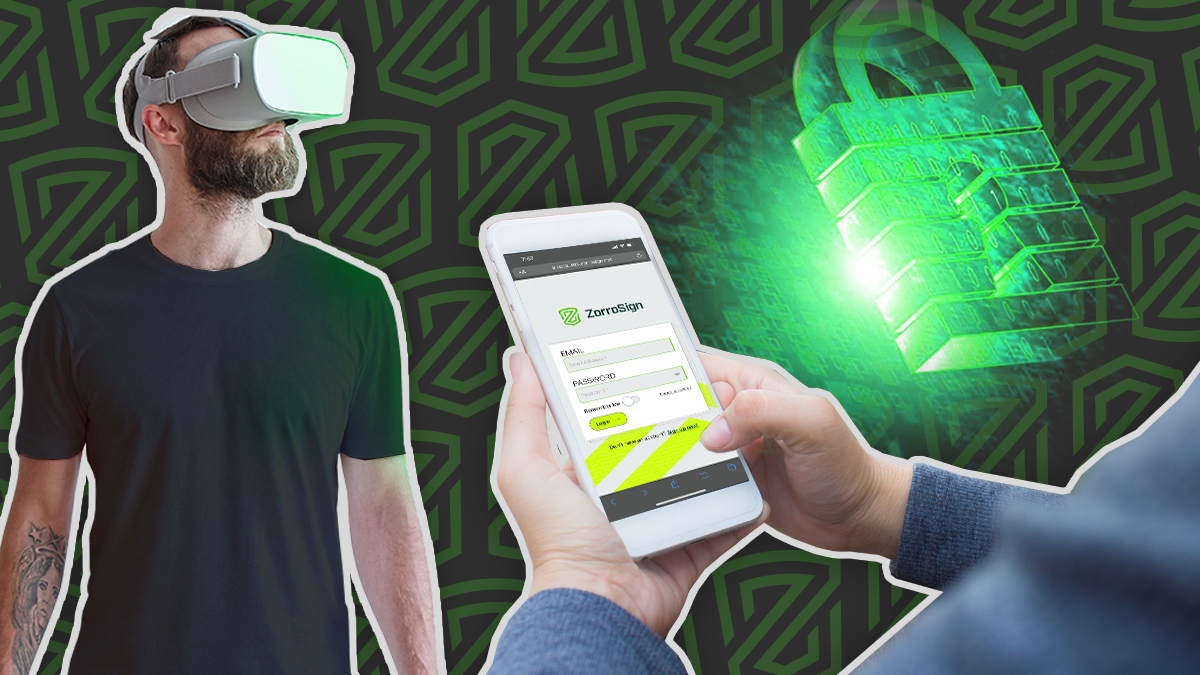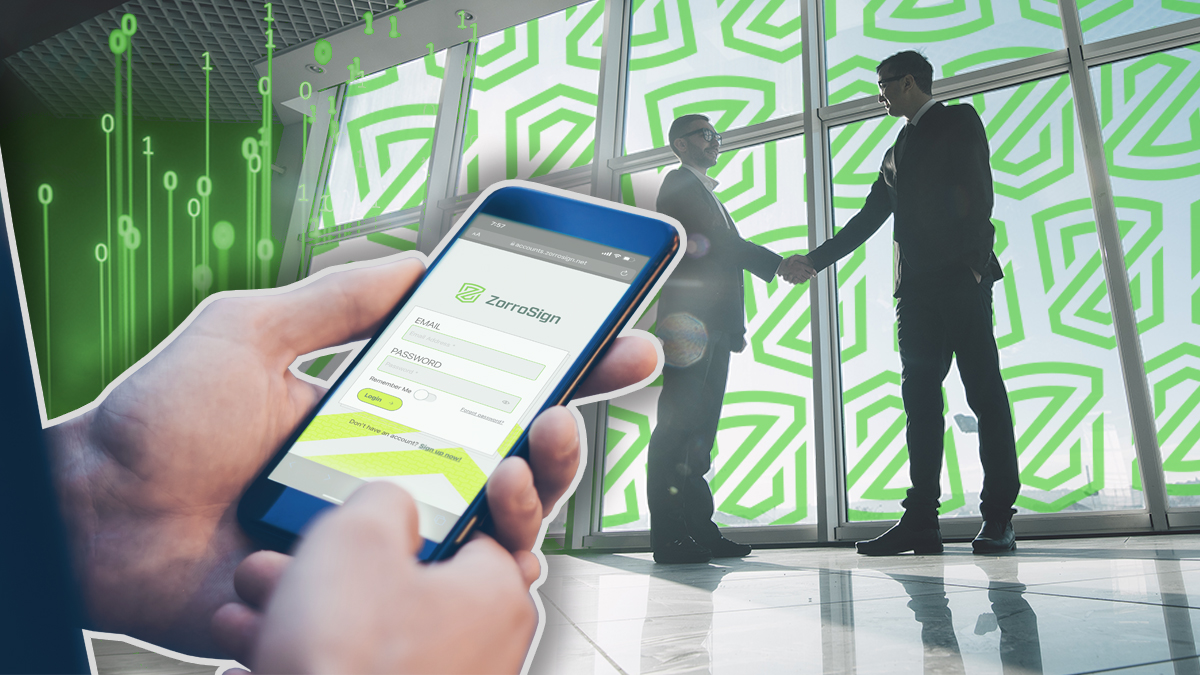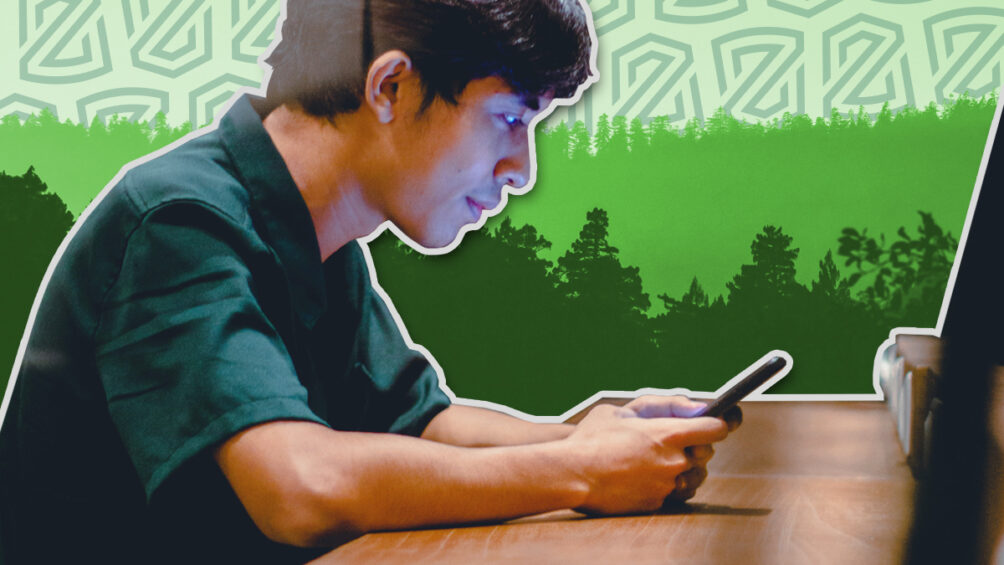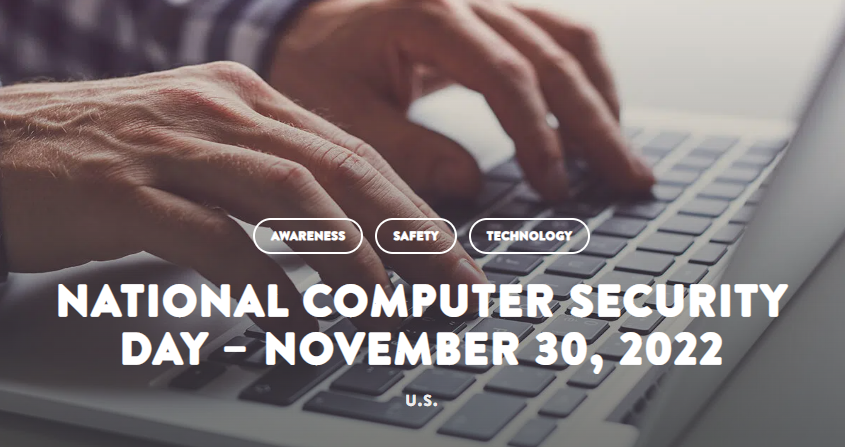
Every November 30th, the United States observes National Computer Security Day. This year, we’d like to share some details on the history of this security awareness, how ZorroSign’s data security platform built on blockchain contributes to computer security, and how you can observe National Computer Security Day to improve your hardware and data security.
HISTORY OF NATIONAL COMPUTER SECURITY DAY
“It seems like every day we hear about breaches in cyber security. Keeping people and companies safe online is a top priority all over the world. It’s something that stays uppermost in our minds on National Computer Security Day. The story of National Computer Security Day is an interesting one.
“On November 2, 1988, Cornell University researchers uncovered an unknown virus lurking in their computer systems. Within four hours of discovery, the Morris worm virus invaded several other university systems as well as the ARPANET, an early version of today’s internet.
“Six days later, two computer experts with the U.S. Defense Advanced Research Projects Agency (DARPA) recommended assembling a National Computer Infection Action Team (NCAT) to respond 24/7, 365 to these kinds of attacks. On November 14, the Software Engineering Institute (SEI), a research center connected with Carnegie Mellon University, set up the Computer Emergency Response Team (CERT).
“In 1988, the National Computer Security Day sprang out of the Washington, D.C., chapter of the Association for Computing Machinery’s (ACM) Special Interest Group on Security, Audit, and Control as a way to raise awareness about cybercrimes and viruses. According to a 2004 Networld article, ‘November 30 was chosen for CSD so that attention on computer security would remain high during the holiday season – when people are typically more focused on the busy shopping season than thwarting security threats.’ By 2003, CERT and the U.S. Department of Homeland Security joined forces to create the National Cyber Awareness System.
“Whether we’re talking about National Computer Security Day or National Cybersecurity Awareness Month also in October, the goals are essentially the same. Each person must be proactive to protect their online security. Use this month to find out all you can about common-sense ways to stay safe in cyberspace.”
HOW ZORROSIGN’S PLATFORM SUPPORTS COMPUTER SECURITY
ZorroSign is the first company that offers a multi-blockchain data security platform to secure, track, and manage your digital signatures, transactions, and documentation.
By using distributed ledger technologies—originally built on Hyperledger Fabric and now expanded to include the Provenance Blockchain—ZorroSign provides superior privacy and security, while preventing fraud and ensuring regulatory compliance.
Blockchains provide structural layers of protection from cybercrime—like ransomware, malware, or phishing attacks—first, by decentralizing the data set itself (preventing any one breach to access the entire data set), and second, by giving endpoints (or nodes) a quick path to recovery, even if they are themselves breached or their access ransomed. Unlike centralized databases—which can be breached at unsecure endpoints (users and devices) or even at managed service providers (MSPs) hosting them—giving attackers complete control once they gain central access, blockchain technology distributes data physically across separate nodes. By decentralizing data storage, blockchain effectively prevents any one endpoint (even if compromised) from gaining control of the full data set. This distributed nature defeats any attack seeking to breach a system and holistically encrypts the data files stored inside: A single endpoint node might be breached, and its files held for ransom, but the larger data set cannot be controlled by any one endpoint (or central authority) and so attackers cannot capture the full data set for encryption, ransom, and shutting down the network.
ZorroSign has further elevated our security through our patented fraud detection technology we call the Z-Forensics token. This unique digital solution that can:
- Prove that the individual who is performing the action to sign the document is who they claim to be (verification)
- Apply a digital equivalent of a wet-ink signature to the document (legal intent)
- Prove the authenticity of the printed or digital version of an electronically signed document, its content, attachments, and the signatures on it (authenticity)
Plus ZorroSign supports computer security with passwordless authentication capabilities, leveraging the biometric security of Apple and Android mobile devices to login to the device (and ZorroSign app) with hardware biometric capture features such as face, fingerprint, and iris scans. Such biometric login facilitates user authentication at the device-level without passwords (which can be hacked or stolen) for elevated security of digital signatures and your digital documents.
HOW TO OBSERVE NATIONAL COMPUTER SECURITY DAY
- “Create a strong password
In computer security, length matters. Passwords that are six characters are easier to hack, especially if they’re only made up of lowercase letters. To beef up your password, weave a nine-character combination of uppercase letters, symbols and numbers. Lastly, avoid using the same password for every account.
- “Update spyware and malware protection software
First, check to see if your operating system is up-to-date. If that’s set, update your protection software. Run a scan and don’t forget to invite your other devices to the party. Phones and tablets are also major security risks, so be diligent.
- “Encrypt and backup your data
Encrypt your data to create the brainiest of all brainteasers. But keep this in mind: even the best brain teaser can be cracked. That’s why it’s still important to back up your info on either the cloud or an external hard drive. (Just make sure that everything stays encrypted.)”
- Use ZorroSign’s data security platform built on blockchain
Tap the cybersecurity of blockchain with ZorroSign’s platform uniting digital signatures (Z-Sign), automated compliance (Z-Flow), intelligent forms (Z-Fill), document storage (Z-Vault), patented fraud prevention (Z-Forensics), user authentication and document verification (Z-Verify), identity-as-a-service (IDaaS), and so much more. Plus elevate computer security with our passwordless login capabilities, and patented Z-Forensics token for fraud detection. When the risk is personal and everything is on the line, Block It Down!
Contact us to learn more or put us to the test: Start your free trial of ZorroSign’s data security platform built on blockchain today!
